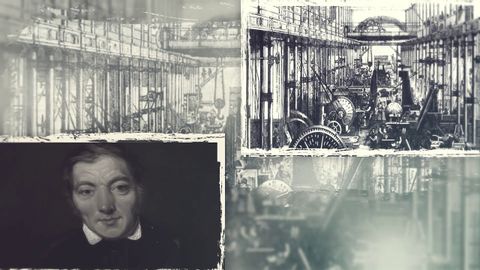メーデーに見たい!1日8時間労働がどうやって定着したのか?
Elise Chuang が 2022 年 04 月 30 日 に投稿  この条件に一致する単語はありません
この条件に一致する単語はありませんUS /ɪˈvɛntʃuəli/
・
UK /ɪˈventʃuəli/
- n.言い回し;音楽の節;語句;句
- v.t./i.言い表す
US /ˌsɪtʃuˈeʃən/
・
UK /ˌsɪtʃuˈeɪʃn/
US /ˈævərɪdʒ, ˈævrɪdʒ/
・
UK /'ævərɪdʒ/
- n. (c./u.)平均
- v.t.平均する
- adj.典型的な : 普通の : ありふれた : 普段の
エネルギーを使用
すべての単語を解除
発音・解説・フィルター機能を解除
